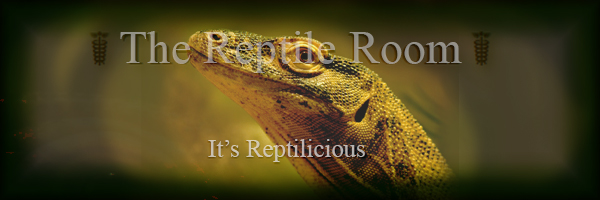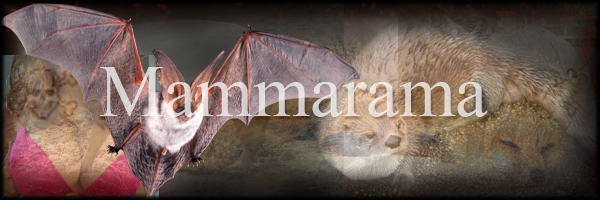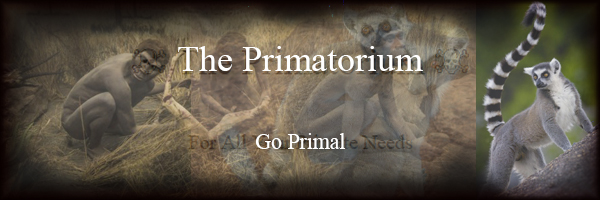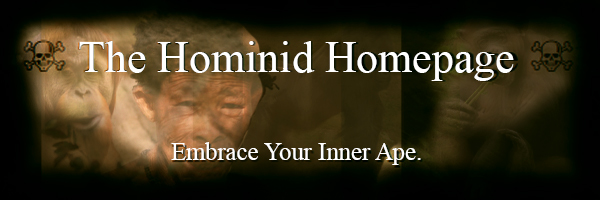Our Family Tree
Introduction
All life on Earth is related. When we look at the 3-dimensional cross-section of life on Earth we are capable of seeing at any given moment, organisms appear quite individuated, however in 4 dimensions we represent a literal Tree of Life, a great family tree upon which every living thing is but a tip upon a twig upon a branch leading ultimately to a root sometime prior to 4 billion years ago. If one could condense life on Earth along the t axis, such that an individual person were but a blurry line leading back to his mother, and she to her mother, ad genetum, one would see this tree as a literal reality. The Tree of Life in biology textbooks is therefore more than just an abstraction; it is by the inherent brevity of our sensory experiences that we are capable of seeing a mere 3-dimensional cross-section of this 4-dimensional Tree of Life that we perceive individual organisms as separate from one another.
Navigating the Tree
The menu(es) in the top-right corner can be used to navigate the tree. The top menu will always be the “Immediate Phylogeny” menu. Clicking on the listed “Parent Group” in the “Immediate Phylogeny” table will eventually take one back to the root of the tree. Usually, except for very near the root of the tree, there will also be a “Taxonomy”.
Root of the Tree
Nobody knows what the first organism, or First Universal Common Ancestor (FUCA) was. The Last Universal Common Ancestor (LUCA) of all life on Earth was the common ancestor of the archaea and the bacteria. The clade Biota includes everything that descended from the LUCA, which due to panspermia now likely includes numerous extrasolar lifeforms spread across the galaxy.
Featured organisms
Genus Ardipithecus — a possible ancestor of humans.
Genus Drosophila — fruit flies.
Subsections

|
|

|
|

|
|

|


